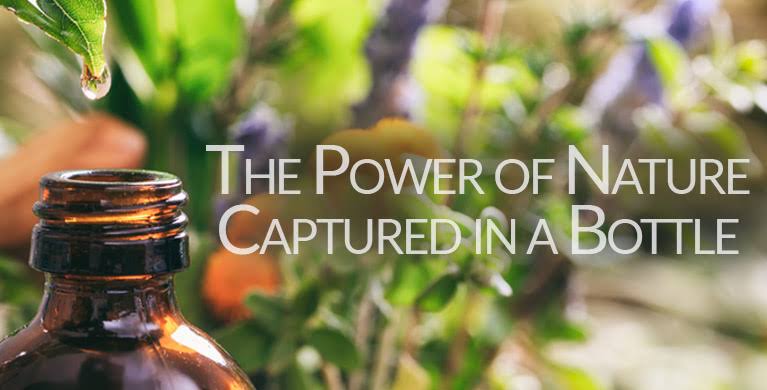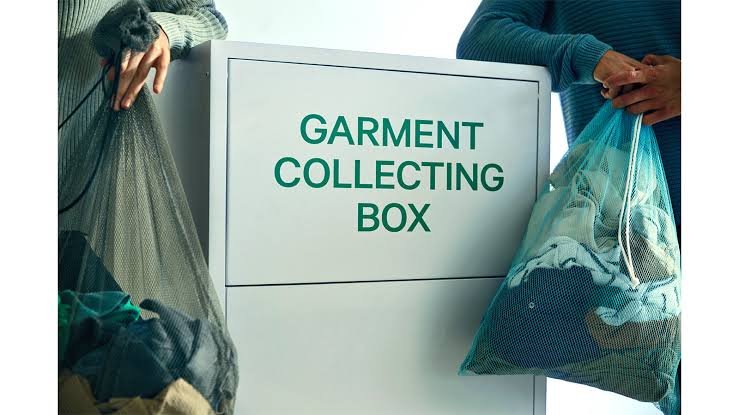If you have ever shopped at H&M, or even remotely heard of the fast-fashion brand whose stores are rapidly popping up in India, you might have also heard of their Garment Collection Program. The premise is simple—you give H&M your old clothes, be it a stained T-shirt, a dress that no longer fits, or even a pair of worn-out undies—H&M will take it all. And what would it do with all these clothes? Well, it claims it would make sure that these clothes are being re-worn, that it reuses the clothes that can no longer be worn in different ways, and that it would recycle the clothes that can’t be reused. In simple words, leaving nothing to waste. There’s a plus too—you even get a voucher for every bag you drop. So there you go. H&M helps you get rid of your old clothes, gives you a discount, and also absolves you of your guilt of killing the planet. What a win-win!
However, it’s not as simple as it sounds. H&M’s, and many companies’ entire shtick of providing this feel-good environmentally sustainable image to their brand is a classic case of Greenwashing. Greenwashing is when a company, or a big brand, fool consumers into thinking that their products are environment-friendly. Greenwashing often functions through green-marketing and more specifically, green advertising. Remember that odd shampoo ad where the model is lying on some big field somewhere, tresses all abound, talking about ‘nature’s essentials’ and gently telling us to buy the shampoo bottle, which, and you guessed it right, is almost always a distinctive shade of green. Stamped with labels like ‘eco-friendly‘, ‘100% natural‘, and ‘organic and pure‘, these brands are pretty firm in their resolve to let you know they are not the ones responsible for environmental degradation in any which way.

Greenwashing is when a company, or a big brand, fools consumers into thinking that the products they are buying are environment-friendly. Greenwashing often functions through green-marketing and more specifically, green advertising.
But what’s wrong with Greenwashing? What if these companies do actually make sure that their products are sustainable?
The truth is, many of them don’t. As more and more consumers demand products that aren’t just good for them but also for the environment, brands have decided to use that to their advantage. If they can get more people to buy their stuff just by sticking a ‘100% eco-friendly‘ on their products and by making the packaging green in colour, what do they have to lose?
Let’s for a moment go back to H&M and its supposedly green Garment Collection Program. The problem doesn’t lie in its classic reuse, recycle approach, but the fact that fast-fashion brands like H&M are themselves a part of the problem. A huge one at that. You know what is the best way to reduce textile waste and make sure you’re not responsible for the havoc it wreaks on our environment? Buying fewer clothes. Or fewer things in general. You drop a bag of old clothes at your nearest store, get a coupon, shop some more and now you have more clothes and the cycle goes on and on and on.

You drop a bag of old clothes at your nearest store, get a coupon, shop some more and now you have more clothes and the cycle goes on and on and on.
Let’s go back and look at another example. Remember Unilever? Of course, you do. Why would you forget it in the first place? It makes everything you use. From your fancy Lifebuoy handwash bottles to the delicately crafted, fragrant Lux soaps to your favourite flavour of Lipton tea, Unilever has it all. And boy does Unilever talk about its products being sustainable.

There was a time when its former CEO Paul Polman would only ever talk about that. Investico, a Dutch, independent, non-profit investigative journalism platform dived deeper into Unilever’s sustainability agenda. In her report, author Daphne Dupont-Nivet writes,
“It is entirely possible that Unilever’s so-called sustainable, RSPO-certified oil has been produced on illegally cleared land, using child labour.”
Talking about the company’s famous Sustainable Living plan that was introduced by Polman, she writes,
“A closer look at the company’s Sustainable Living Plan shows Unilever is on schedule in most areas (although deadlines are moved about), except when it comes to the environmental impact of consumer use. That is where the bullets on the sustainability dashboard turn an angry red. Greenhouse gas emissions ‘per consumer unit’ went up eight per cent from 2010. That poses a problem, since two thirds of Unilever’s total CO2 emissions stem from consumer use.“
Also read: Struggles In Sweatshops: The Irony Of Your ‘Feminist’ Graphic Tee
Here at home in India, Unilever has been responsible for one of the worst environmental disasters. The company set up a thermometer factory in the pristine hill-station Kodaikanal in South India. The factory dealt with toxic mercury, which they dumped in the Kodaikanal’s environment. In 2001, mercury was found in Kodaikanal’s Pambar Shola forest and many workers of the factory were directly and permanently affected. While Unilever shut the factory, it never did much to make up for what it had done to Kodaikanal’s environment and its people.
In 2015, a video made by Jhatkaa, featuring rapper Sofia Ashraf went viral for its catchy remix of Nicki Minaj’s Anaconda. The video, titled Kodaikanal Won’t, depicted the struggle of Kodaikanal’s people with the mess that Unilever had left behind in the area. ‘Unilever, clean up your mess‘ became a rallying cry for activists and the people of Kodaikanal and Unilever agreed to compensate the workers and clean up Kodai. Only halfheartedly though, with the clean up’s intensity being extremely weak. Pointing out Unilever’s ‘environmental racism’, Jhatkaa released another video. Called ‘Kodaikanal Still Won’t‘, the video featured yet once more Ashraf and several other activists asking for Unilever to up their clean-up strategies in Kodaikanal.
Still, the problem isn’t actually H&M and Unilever’s policies. Both of these companies actually do a lot for the environment than their peers. So what should we do then? Would us making small, personal changes and living simple save the planet? Probably not. You need to know that personal emissions do not amount for much and that the world’s top 100 companies are responsible for the 71% of global emissions. What we need are drastic, almost never-seen-before changes in our consumption and economic models.
What we need is to entirely change the way industries function, right from the process of manufacturing to the process of selling their products. It might seem radical, and impossible, but the planet is dying and we don’t have much time. Sure, the concept sounds horrifying and so does the idea of altering anything about our current lifestyle. But a radical systemic change just might be the key to success in this race against a ticking clock. In the face of a rapidly approaching disaster of our own making, what would you choose?
Also read: The Dark Side Of Fast Fashion Your Favourite Brands Are Hiding
Featured Image Source: H&M Group
About the author(s)
Purnima is a wannabe writer and a want-to-be cat mom.




